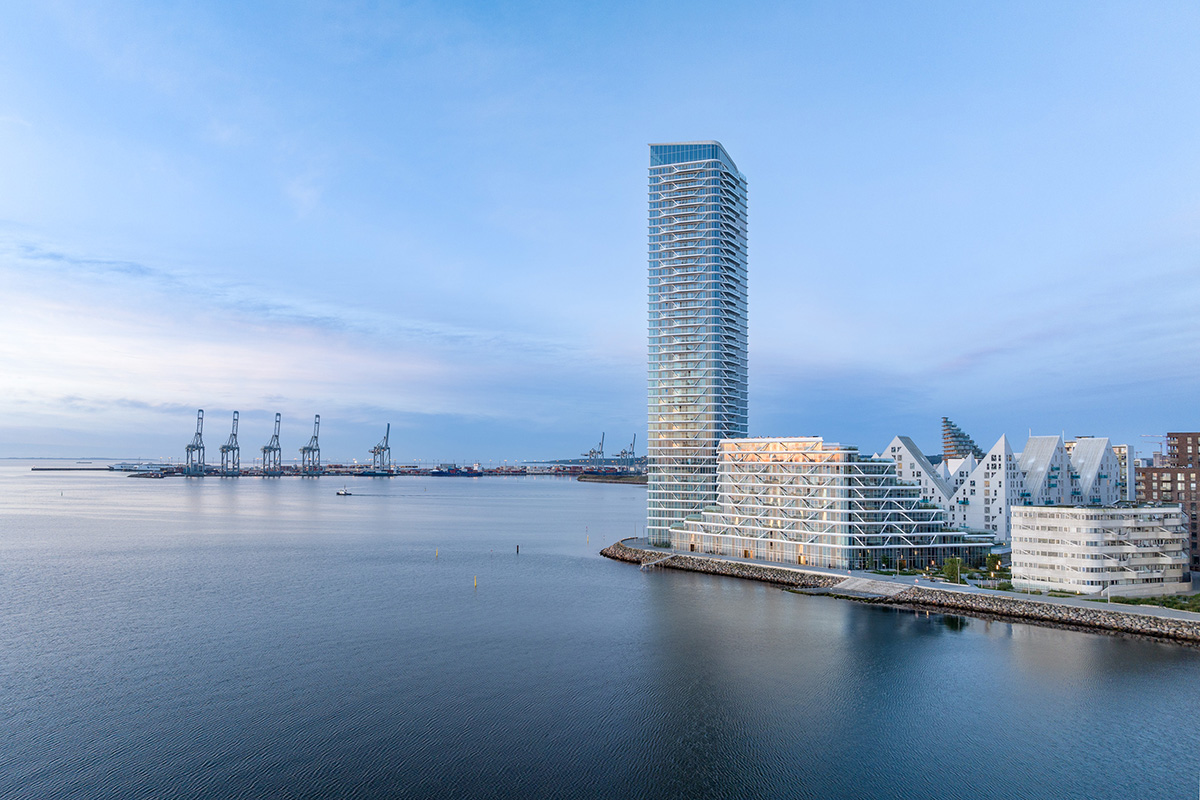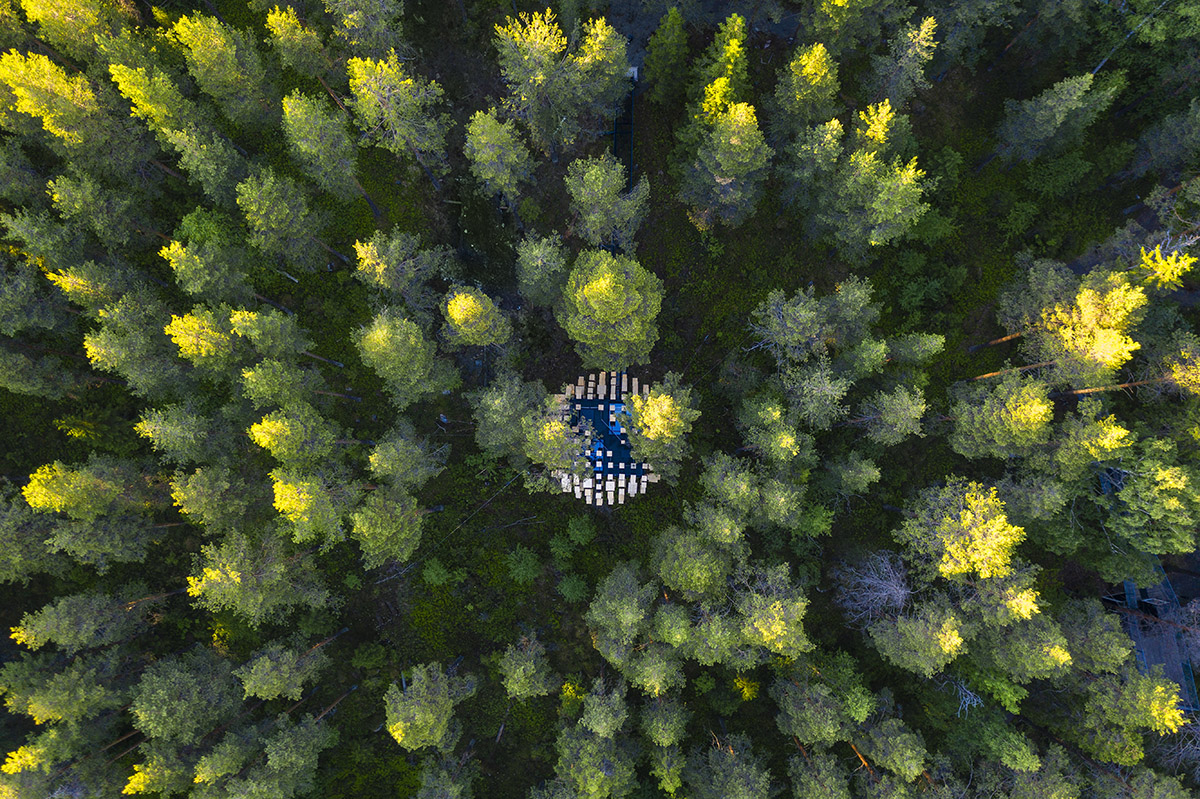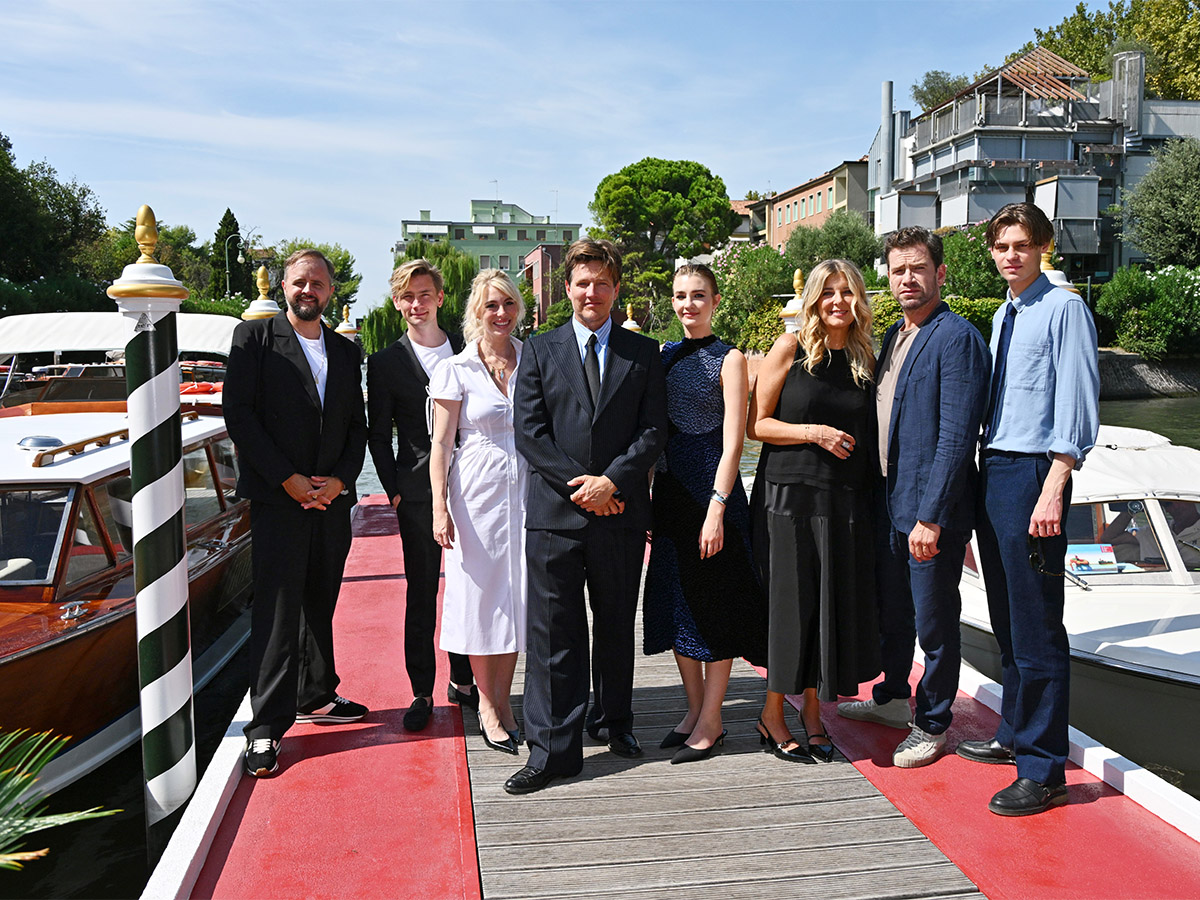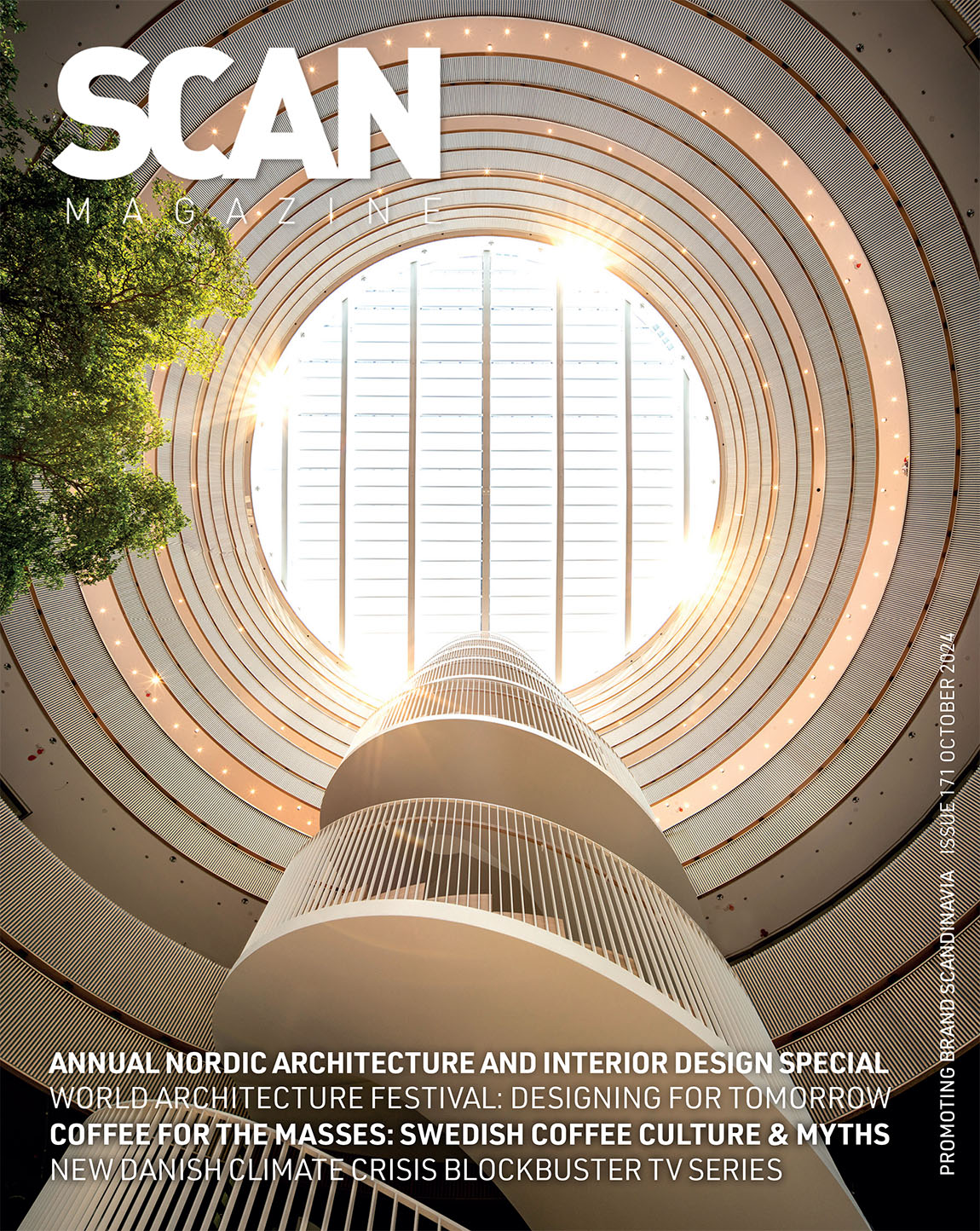The Future Library: Offering hope in a destabilised world
By Molly McPharlin | Photos: Future Library Trust
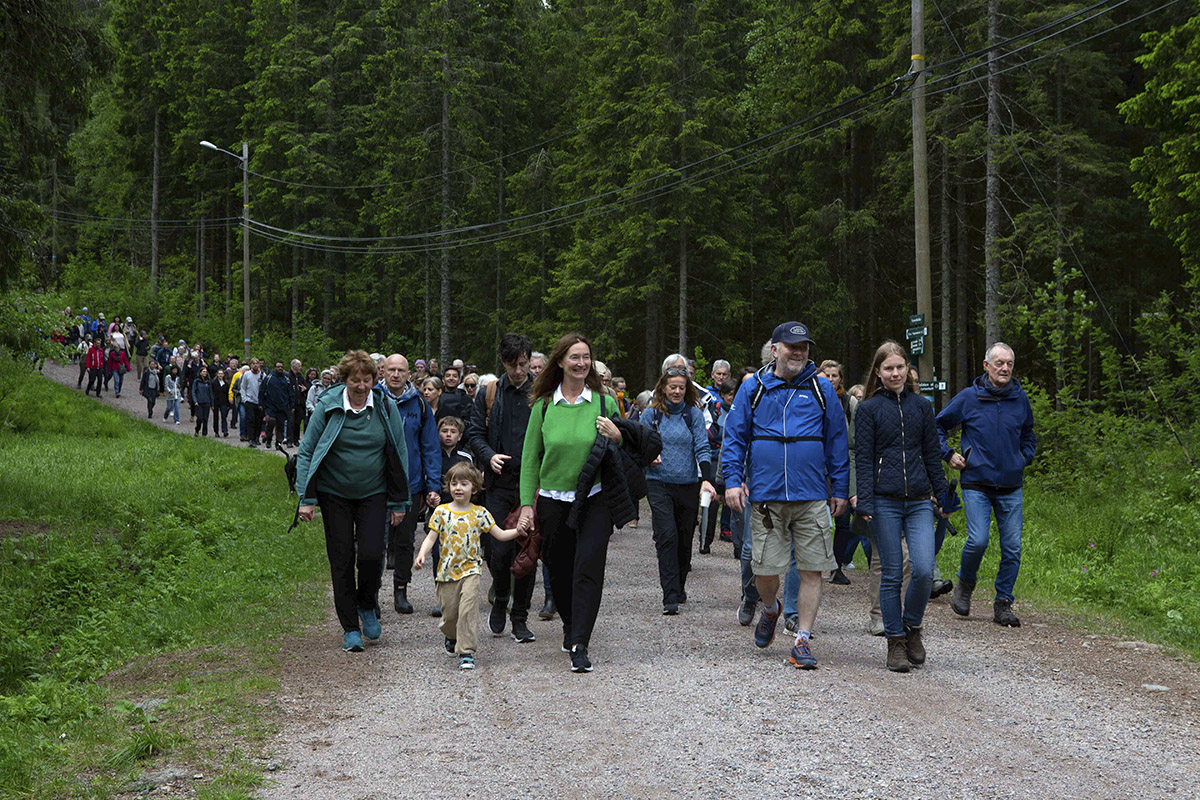
Delivering a manuscript to the forest
There is a special forest growing in Norway. Of all the other woodlands on the hills that overlook Oslo, this one has an exceptional purpose. In 100 years, wood from these trees will be used to make paper for a unique collection of books, in an ambitious project called The Future Library.
The Future Library was the idea of the Scottish artist Katie Paterson. “It began as an idea for a book, but this one actually came off the page and became real,” she says.
It was during a conference in Norway on ‘slow space and time’, that the seeds of Future Library were sown. The conference, which took place variously in a forest, on an island and in an allotment yard, was seeking to commission permanent artworks that took an unusual approach. There, in the forest, her idea came to life.
Inspired, Paterson returned home to Berlin and contacted Anne Beate Hovind, who for over 20 years has worked as the project manager and commissioner for many public art ventures throughout the Oslo region.
She asked if Hovind could help arrange for her to stay in a cabin in a forest, to see if she could plan a proposal. “The idea for me was so abstract that I had to surround myself with a Norwegian forest to expand my thinking,” recalls Paterson. “I spent a week there, thinking about what this could actually be. Afterwards, I came back and said: okay, are you ready? It’s going to last 100 years. It’s going to need a forest. It’s going to need a library.”
100 years, 100 authors
The project is striking in its simplicity. Each year between 2014 and 2114, a different author creates a text that remains unread and unpublished for 100 years. So far, contributors to Future Library include authors like Margaret Atwood, Karl Ove Knausgard, Ocean Vuong and Elif Shafak, giving the project a broad international scope.
Writers are chosen by group decision, by all those involved with the Future Library Trust. “We’ve had authors connected to time, nature and long-term thinking, and it’s grown from there,” Paterson says. “We’re quite strict in that we don’t invite people in advance. We’d like to keep it fresh and related to whatever is happening that particular year.”
A public space and vault dedicated to the project has been established in Oslo’s new main library, Deichman Bjørvika. Similar to the seed vault in Svalbard, Norway, that preserves seeds for future food supplies, this one protects literature for generations to come.
People can go and sit with the manuscripts that are stored in glass within the wooden interior of the vault. They won’t be able to read them, but they can contemplate what they will mean for readers in a future world. As the years pass and the number of texts grows, the forest will continue to be cared for and preserved, ensuring its survival for the publication of the works.
Hope for the future
Hovind, who now acts as chair of the Future Library Trust, believes the Future Library has become meaningful to many people because of its sense of hope. “It gives hope that we can actually do something extraordinary, that we can plan projects that will last 100 years, and trust they will succeed. People long for hope and trust, in my experience,” she says.
While the idea of hope was not foremost in her visualisation of the project, Paterson now too sees its importance in a world that feels increasingly destabilised. “Right at the beginning, I was thinking of the materiality of books and digital reading and those kinds of ideas. Fast forward to now and the questions are about the extinction of the human race. That seems to be an enormous shift. Future Library is hopeful in that its success relies on future generations. There are people involved in this project who aren’t born yet, and planting trees is in itself a hopeful act.”
Every year, a new manuscript is delivered to the Future Library in a ceremony that takes place in the forest whose wood will be used to make the books. “Each year at the handover, the forester gives a speech on how the trees are faring that year, and what’s developed in the forest. This year he used this phrase: ‘the roots have formed’,” says Paterson. “The trees have literally rooted themselves. That made it feel very permanent. The project is about quite simple things – rituals, nature and thinking ahead. Those are elements people connect with because they’re deep human needs.”
“A real act, loaded with metaphor”
The Icelandic writer Sjòn was the Future Library author in 2017. He also sees the project as a hopeful act, not only for the world, but for the authors themselves. “One of the great things about this is it’s a multi-generational project. It’s not only about the here and now. You are promised a moment in the future. All authors hope for that. It recognises that literature is something that happens over time and literature is a collective effort. I could really sense it when I handed over my manuscript, and realised I was walking in the footsteps of Margaret Atwood and David Mitchell, and that the next author would be walking in the footsteps of all three of us.”
“This is a real act loaded with metaphor for how literature is created, how authors interact with those who go before them and those who follow. There’s hope in this because there’s hope that there will be authors. And there’s hope that those authors will produce work, and that that work will have readers.”
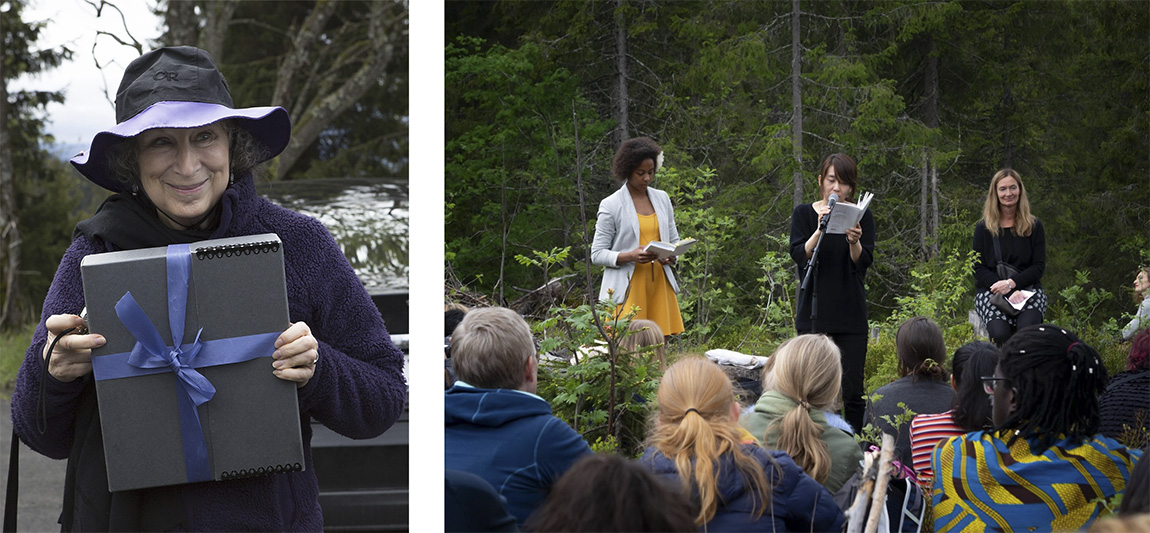
Left: Margaret Atwood on Future Library Handover Day, 2015. Photo: Bjørvika Utvikling by Kristin von Hirsch. Right: A reading in the Future Library forest. Photo: Bjørvika Utvikling by Kristin von Hirsch
Web: www.futurelibrary.no
Subscribe to Our Newsletter
Receive our monthly newsletter by email

